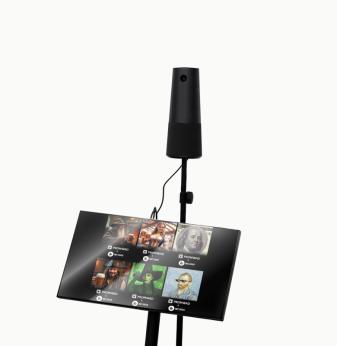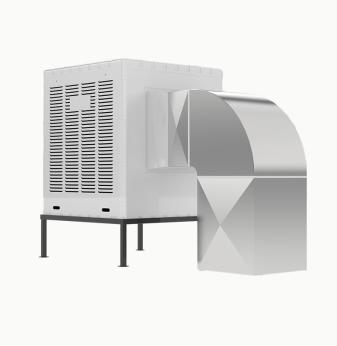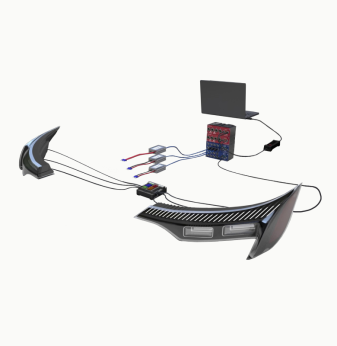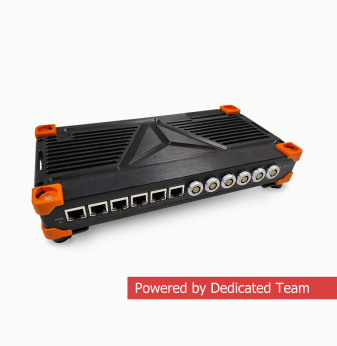Design for Certification: How to Build Embedded Systems Ready for ISO, CE, and FCC

Introduction: Certification Is a Design Problem, Not Just a Regulatory Step
Too often, certification is treated as a final checkbox at the end of product development. But successful hardware and embedded systems pass certification because they are designed for it from the start.
Whether you're building a connected medical device, industrial controller, or smart consumer gadget, understanding and planning for ISO, CE, and FCC requirements from the design phase will save time, cost, and frustration.
This article outlines how to build certification-ready embedded systems through smart hardware design, firmware architecture, compliance testing, and documentation strategy.
1. Understand Which Certifications Apply to Your Product
Examples by domain:
| Industry | Certification Bodies & Standards |
| Consumer Electronics | CE (EU), FCC (USA), RoHS, REACH |
| Medical Devices | CE (MDR), ISO 13485, IEC 60601, FDA 21 CFR Part 820 |
| Automotive | UNECE R10/R155, ISO 26262, ASPICE |
| Industrial Automation | CE, UL/CSA, IEC 61010, EN 61326 |
Before PCB layout even begins, define the target markets and regulatory frameworks you’ll need to meet.
2. Hardware Design Best Practices for Compliance
Design your electronics with testability, EMI control, and electrical safety in mind.
Hardware DfC checklist:
- Isolate high-speed signal lines and clock traces
- Add protection circuitry (TVS, fuses, ESD diodes)
- Use certified modules for wireless, USB, and power inputs
- Include test points for EMC and voltage injection testing
- Ensure clearances and creepage distances meet IEC norms
Bonus: pre-select components with UL, CE, or AEC-Q ratings where possible.
3. Firmware and Software Architecture for Certification
Compliance doesn’t stop at the hardware level. Firmware plays a role in safety, data integrity, and secure operation.
What to implement:
- Secure boot and firmware signing
- Input validation and exception handling for edge cases
- Watchdog timers and self-checks (IEC 60730, ISO 26262)
- Logging and traceability features for root cause analysis
Use static analysis and code coverage tools to prove software quality (MISRA C/C++, CERT C, etc.).
4. Pre-Compliance and Certification Testing Workflow
Don’t wait until EVT or production to start testing. Build pre-cert into your dev process.
Stages:
- Design reviews with certification checklists
- Pre-EMC lab tests (radiated, conducted, ESD)
- HALT/HASS for thermal and mechanical stress validation
- Functional safety analysis (FMEA, FMEDA)
Work with labs that offer pre-cert testing packages — they’re cheaper and faster than full runs.
5. Documentation and Traceability Requirements
Certifications demand traceable, auditable processes.
Deliverables to prepare:
- Design history file (DHF), device master record (DMR)
- Risk analysis and design validation protocols
- Firmware versioning and update control
- Compliance test reports and material declarations
Use tools like Altium Concord Pro, Polarion, or Greenlight Guru to manage lifecycle traceability.
6. Emerging Trends in Embedded Certification
- AI in Compliance Verification
Certification labs and toolchains are beginning to use AI-powered software to automatically analyze EMC test data, scan firmware for security compliance, and predict test failures — reducing validation cycles. - Pre-certified SoMs and Modular Certification
Manufacturers increasingly rely on pre-certified System-on-Modules (SoMs) with modular certifications for Wi-Fi, BLE, LTE, and security. This strategy significantly reduces the burden of re-testing, especially for RF compliance. - Cybersecurity Regulations for Embedded Devices
Regulations like the EU Cyber Resilience Act and U.S. IoT Cybersecurity Improvement Act require embedded products to support secure OTA updates, access control, and vulnerability disclosure — shaping firmware architectures for compliance by default. - Digital Twins for Pre-Test Simulation
Some advanced teams use digital twins and electromagnetic simulation (e.g., Ansys, CST) to model EMI/EMC issues before hardware is built — helping to detect design flaws early and avoid costly lab revisions.

Final Thoughts: Certification Starts at Day One
Certification-ready design isn’t about reacting — it’s about anticipating. From EMI layout strategies to watchdog timers and OTA update logs, every design choice contributes to successful market entry.
Promwad helps companies build embedded systems with certification in mind — from concept to compliance, for CE, FCC, ISO, and beyond.
Let’s make your next product certifiable by design.
Our Case Studies in Hardware Design












